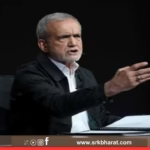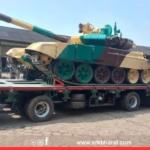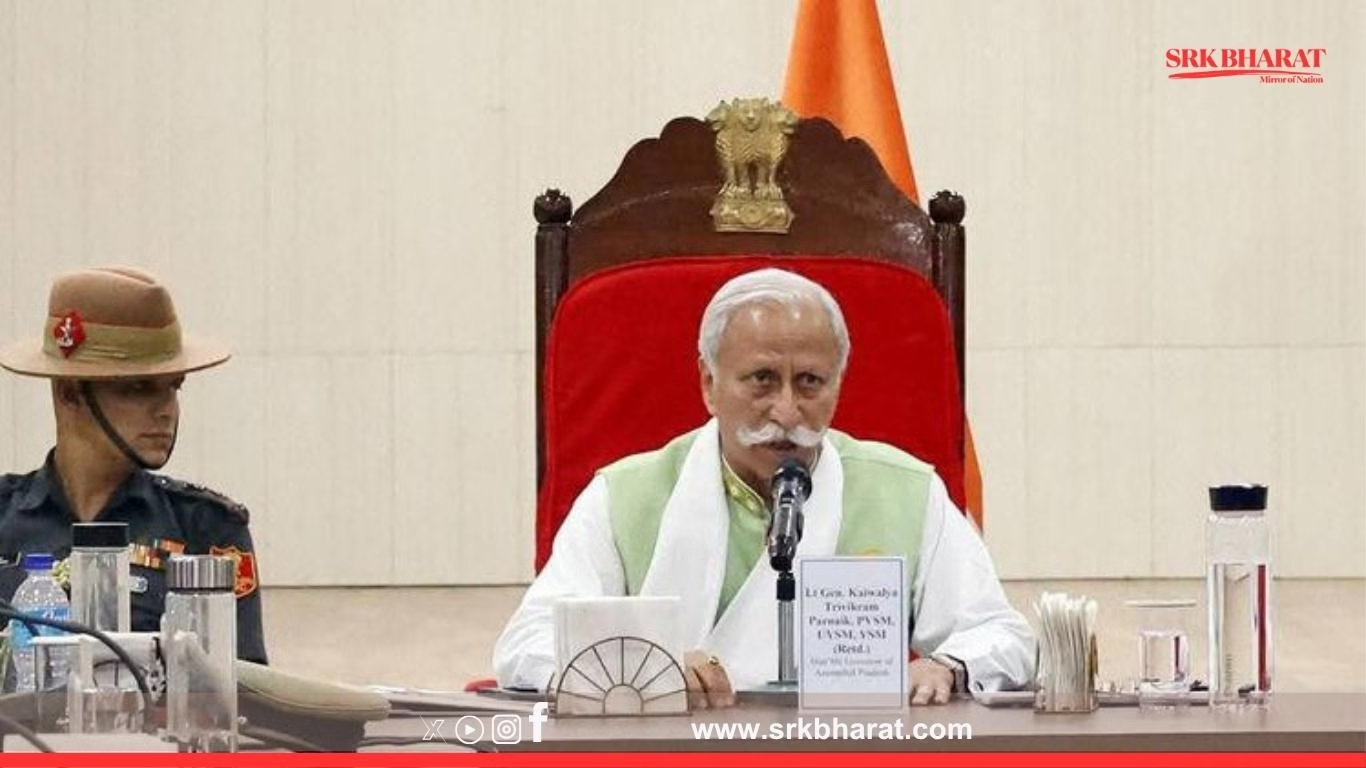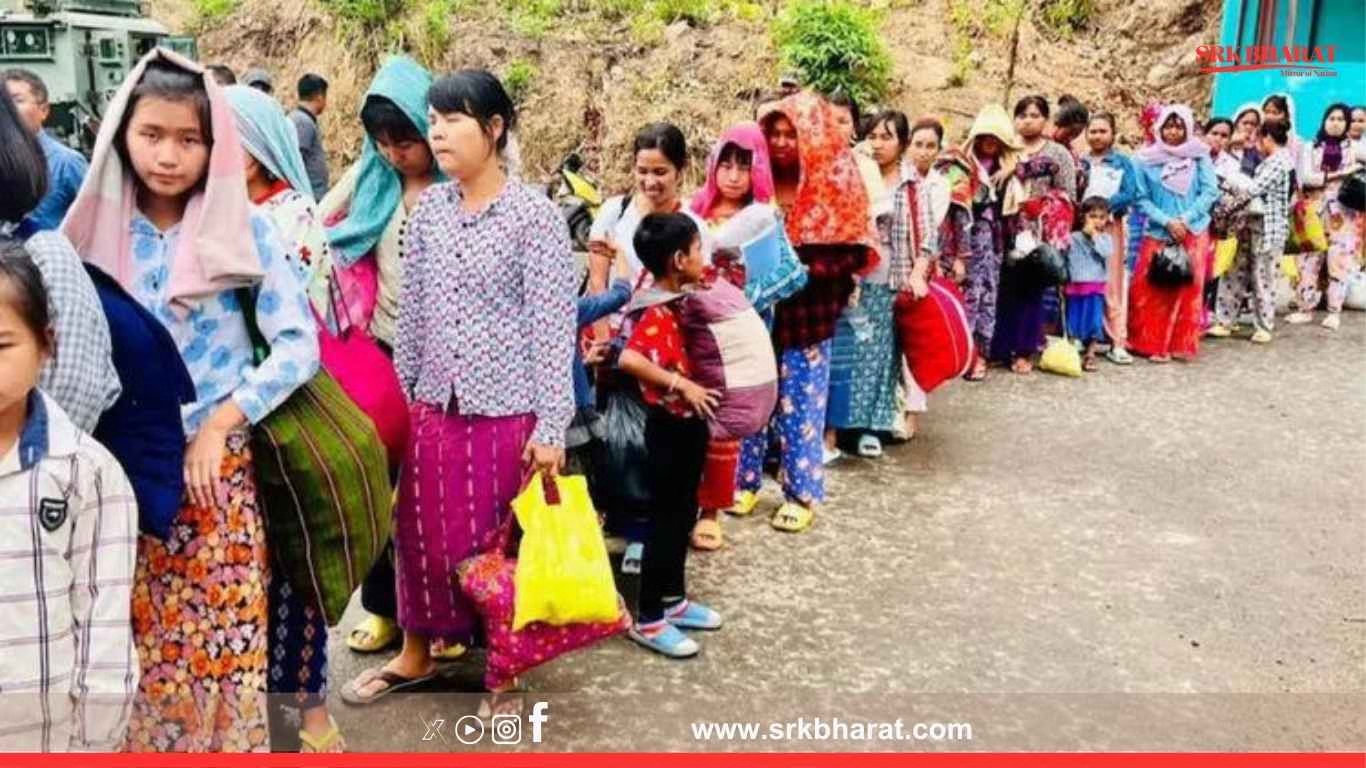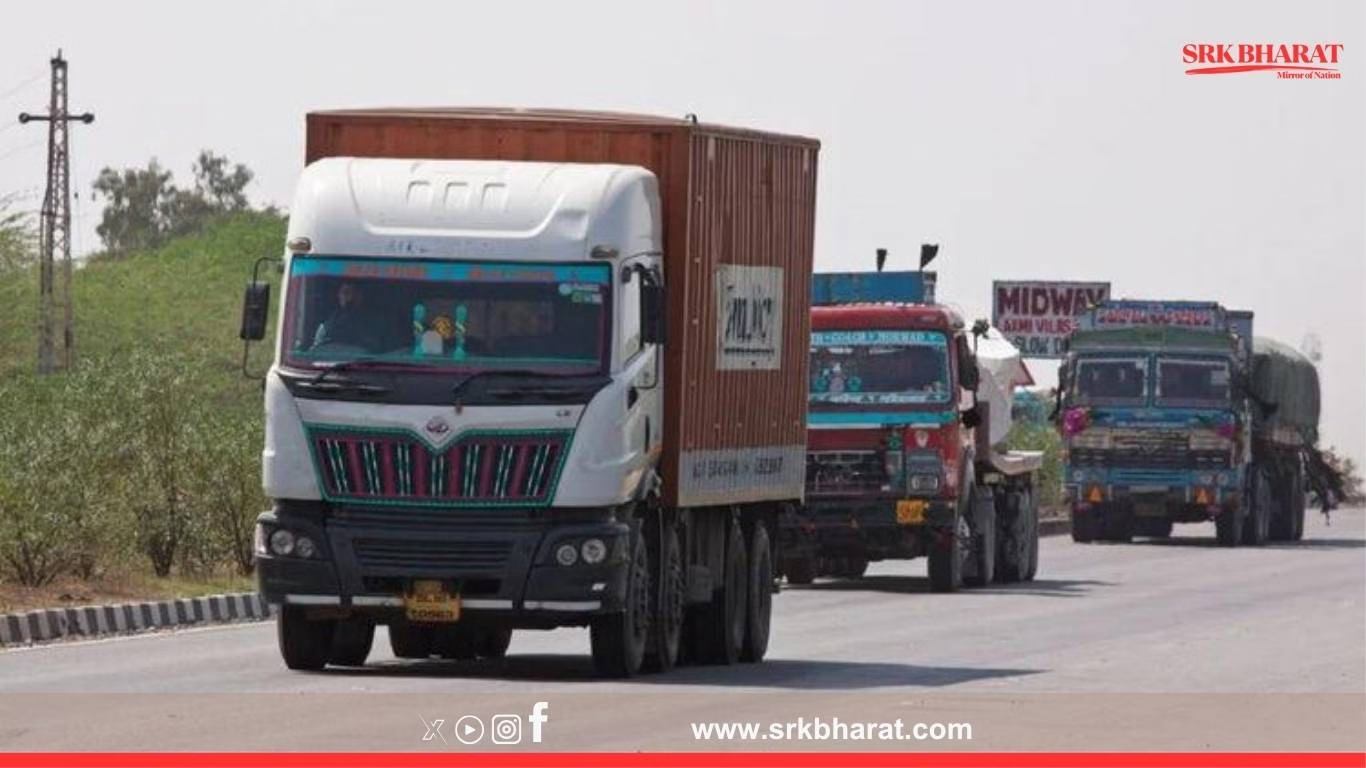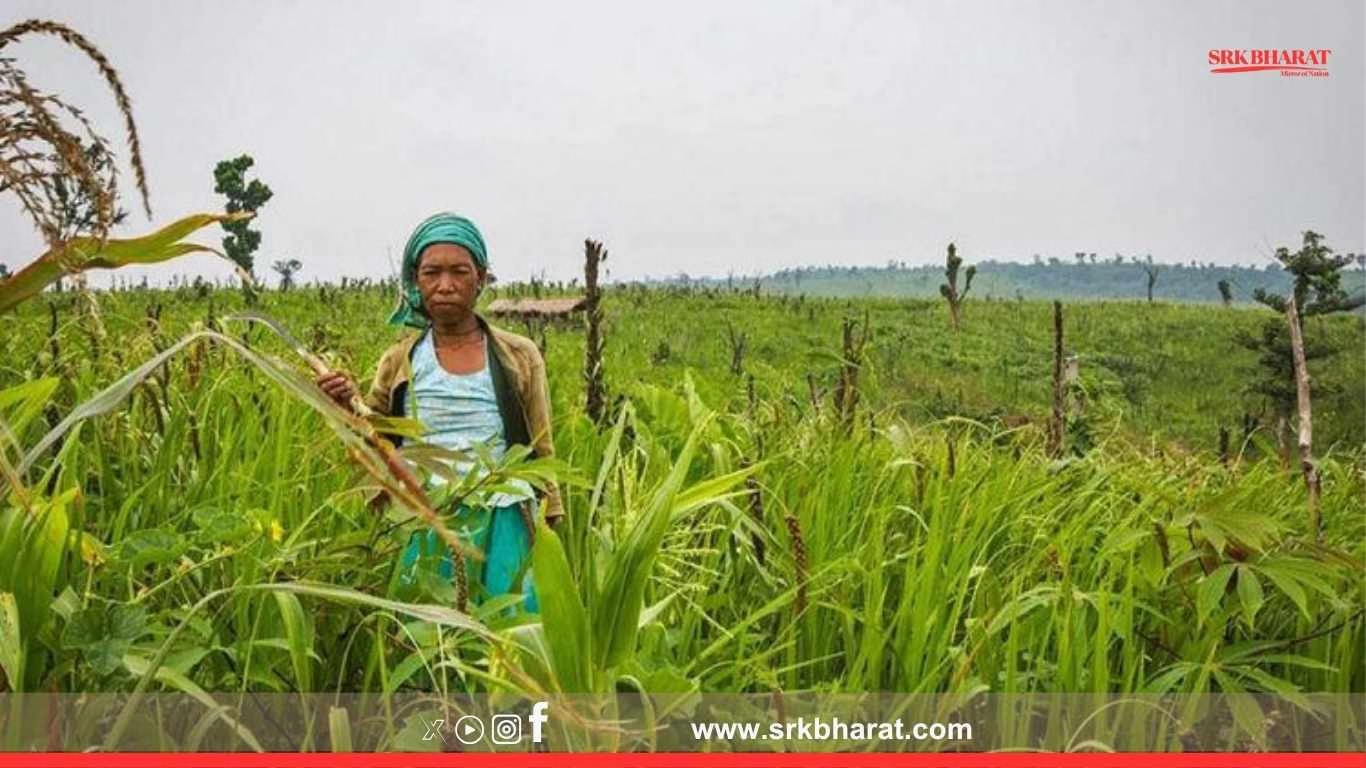In a significant move underscoring India’s security preparedness and regional development strategy, the Governor of Arunachal Pradesh, Lieutenant General (Retd.) K.T. Parnaik, chaired a high-level security review meeting focused on the sensitive TCL (Tirap, Changlang, and Longding) region. The session was convened to assess ground realities, evaluate internal and external security challenges, and fine-tune developmental policies that balance security with inclusive governance.
Held at the Raj Bhavan in Itanagar, the security review brought together top officials from the Indian Army, Assam Rifles, Arunachal Pradesh Police, intelligence agencies, and civil administration. The meeting comes at a time when India is enhancing its strategic posture along its northeastern frontier, given the region’s geographical significance, insurgent threats, and border sensitivities.
TCL Region: Geostrategic and Internal Challenges
Tirap, Changlang, and Longding districts, collectively referred to as the TCL region, share porous and forested borders with Myanmar, which have historically been exploited by insurgent groups such as the NSCN (IM), NSCN (K), and ULFA (I). The area has often been marked by low-intensity conflicts, extortion rackets, and recruitment drives by banned outfits.
Governor Parnaik, a decorated Army officer with extensive counter-insurgency experience, emphasized the need for a multi-dimensional approach to ensure lasting peace and stability. His review included ground-level intelligence assessments, border surveillance reports, and the efficacy of the developmental schemes in minimizing alienation and fostering trust among tribal populations.
Key Focus Areas in the Security Review
| Area of Focus | Details Reviewed |
|---|---|
| Insurgency Situation | Movements of NSCN factions, cross-border operations, recent violent incidents |
| Border Security | Surveillance capabilities, fencing feasibility, joint patrol effectiveness |
| Inter-Agency Coordination | Intelligence sharing, joint task force operations, central paramilitary deployment |
| Civil-Defence Coordination | Development project security, civic-military trust-building, SOP compliance |
| Youth Radicalization & Recruitment | Prevention programs, vocational alternatives, education engagement |
| Drug & Arms Trafficking | Routes monitoring, enforcement challenges, international links |
| Rehabilitation of Former Militants | Surrender policies, livelihood incentives, reintegration programs |
Development as a Counter-Insurgency Tool
Governor Parnaik emphasized that developmental intervention remains a core element of peace-building in the TCL region. Roads, telecommunications, health, and education infrastructure were discussed not only from a governance standpoint but also as instruments to undermine insurgent narratives.
The Governor called upon the civil administration to expedite sanctioned projects under:
- Border Area Development Programme (BADP)
- Aspirational District Programme (ADP)
- PMGSY (Pradhan Mantri Gram Sadak Yojana)
- NEC and DONER schemes
Further, he stressed that transparency in project implementation and inclusion of tribal voices in decision-making will be critical in bridging historical trust deficits.
Military and Intelligence Inputs
Top Army and Assam Rifles officers briefed the Governor on recent counter-insurgency operations, trends in infiltration from Myanmar, and collaborations with Myanmar’s military under bilateral security frameworks. Surveillance enhancements using drones and AI-based pattern analysis were discussed as future capabilities.
There was agreement on increasing joint coordinated operations between the Army, Assam Rifles, and local police. The deployment patterns of additional security forces were examined in light of upcoming infrastructure work and the 2026 assembly election preparations.
Police Modernization and Tribal Welfare
The Director General of Police (DGP) presented updates on the modernization of police stations in remote villages, including digital reporting, GPS-enabled patrolling, and body cams for transparency. Capacity building among lower-rank officers and tribal youth recruitment into the police force were also discussed.
The Governor also urged that the Arunachal Pradesh Police should act as a force for social cohesion, not just law enforcement. He advocated setting up more community policing units in restive blocks of Tirap and Longding, where insurgent sympathy is relatively higher due to socioeconomic marginalization.
Education, Employment, and Youth Engagement
Addressing one of the root causes of instability, the Governor called for a targeted youth engagement roadmap, which would involve:
- Skill development and entrepreneurship bootcamps
- Campus-level awareness against radicalization
- Military-style schools and NCC expansion
- Special tribal scholarship quotas for students from TCL
He insisted that education must counter narratives of violence and isolation, and instructed the education department to partner with NGOs and the defence forces to launch tribal mentorship programs.
Summary of Actionable Outcomes from the Security Review
| Action Point | Responsibility | Timeline |
|---|---|---|
| Augment joint surveillance with Myanmar | Army + Intelligence Agencies | Within 60 days |
| Fast-track BADP projects in 3 districts | State Planning Dept. + DCs | By October 2025 |
| Deploy AI-enabled border monitoring tools | Defence Ministry + DRDO | Pilot by Dec 2025 |
| Youth skill mapping and job fairs | State Labour Dept. + Skill India Mission | Quarterly in 2025 |
| Set up 5 model community policing hubs | State Police + Local Tribal Councils | By Jan 2026 |
| Enhance road connectivity to insurgency-prone blocks | PWD + BRO + DONER Ministry | March 2026 target |
Political and National Implications
The review comes amid growing national focus on border infrastructure and internal security in the northeast. With India’s Act East Policy gaining traction, and ongoing boundary discussions with China and Myanmar, securing the TCL region is both a domestic and strategic imperative.
Arunachal Pradesh shares a 1,129 km international border with China and 520 km with Myanmar. While the border with China has dominated headlines due to the LAC standoff, the TCL region’s proximity to Myanmar places it in the shadow zone of India’s northeast insurgency corridor.
Voices from the Ground
Local leaders and civil society organizations welcomed the Governor’s engagement but stressed the need for consistent follow-up. Tribal elders from Changlang noted that periodic reviews often fail to yield tangible outcomes unless closely monitored at the field level.
A youth representative from Longding remarked, “We want to be part of the national growth story, but if roads, schools, and jobs don’t reach here, then insurgents exploit that void.”
Future Outlook
The Governor’s proactive involvement in reviewing the TCL region’s security and development paints a clear picture of India’s seriousness in addressing legacy challenges in the northeast. The path ahead will require:
- Strong center-state coordination
- People-centric security policies
- Leveraging technology and youth power
- Regular civilian-military dialogues
Peace in TCL is not just about boots on the ground—it is about winning hearts, connecting communities, and building trust.
Disclaimer:
This article is based on information available from government briefings, official statements, and regional administrative reports. It is intended for journalistic, educational, and informative purposes only. The security situation is fluid and may evolve with time.



